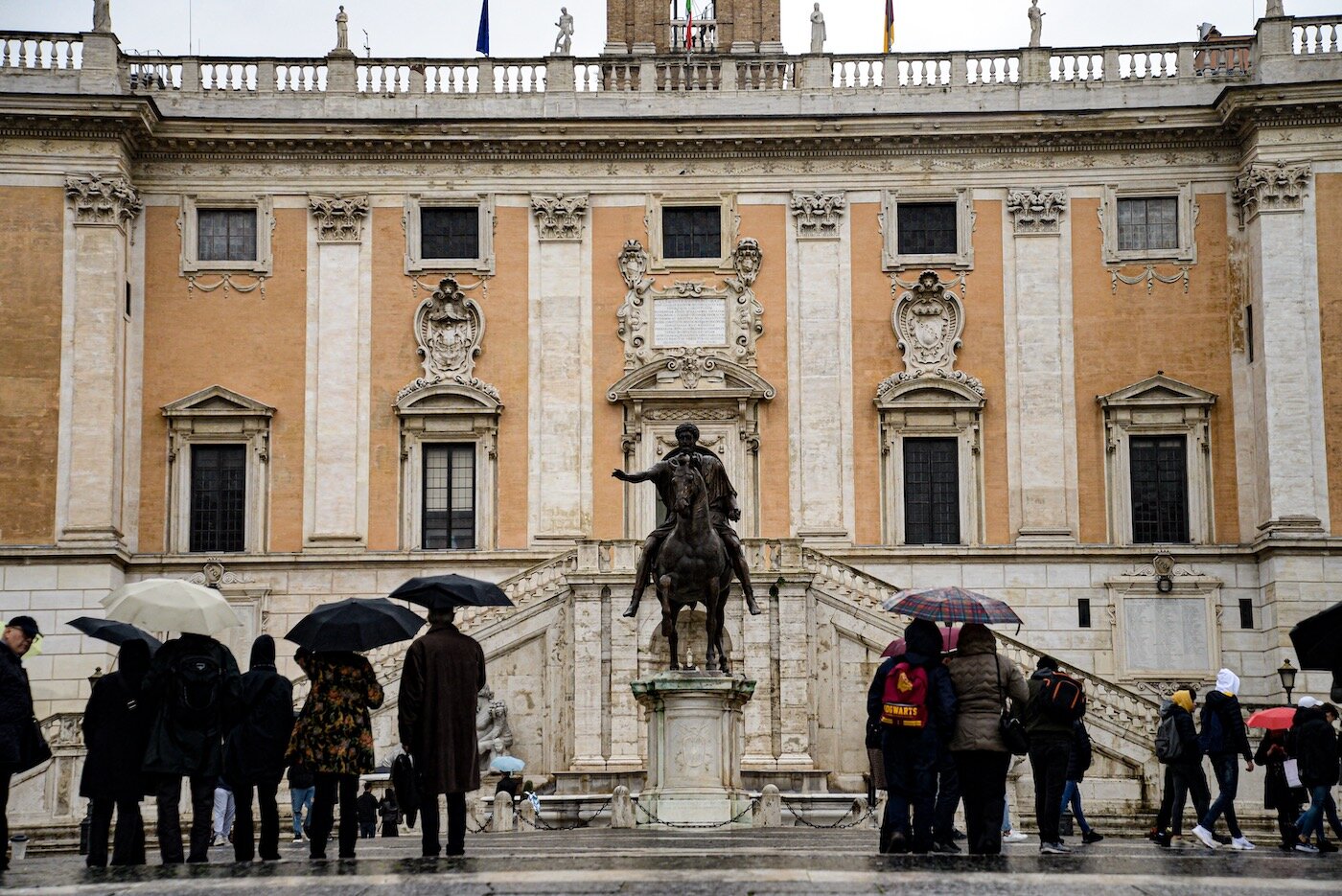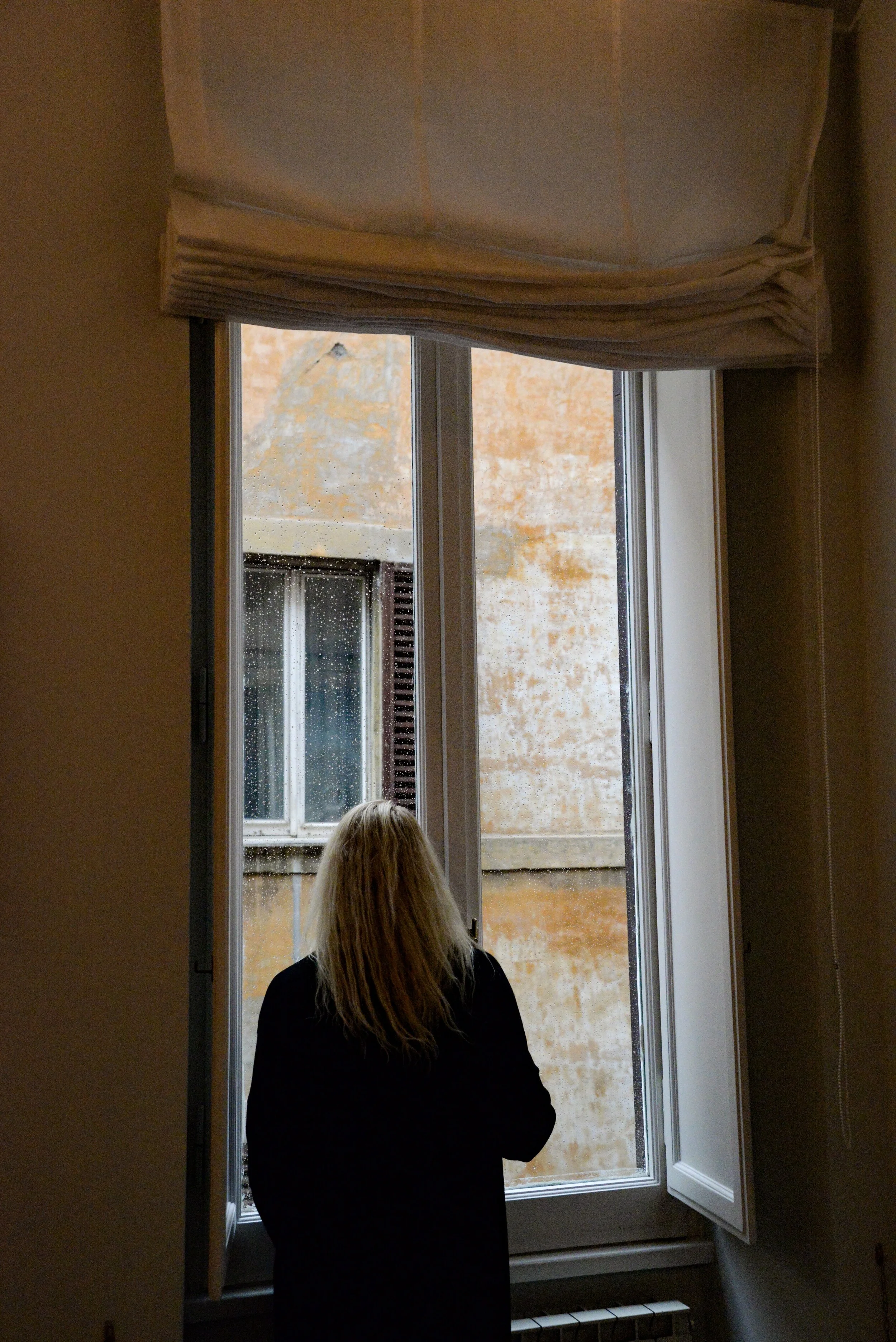Making Serious Art
I agree with Robert Adams, that we need to make serious pictures, make pictures that are art. I also think that we need to just make as much art as we can. I take his point though. He says in his wonderful book, Art Can Help: “Somehow we have to recommit to picture making that is serious. It is impermissible any longer to endorse imitations that distract us or, openly or by implication, ridicule hope.”
Contrast that with:
“Don't think about making art, just get it done. Let everyone else decide if it's good or bad, whether they love it or hate it. While they are deciding, make even more art,” is what Andy Warhol said.
And then there is this from Annie Dillard which I’ve always taken to heart but also totally ignored: “It makes more sense to write one big book — a novel or nonfiction narrative — that to write many stories or essays. Into a long, ambitious project you can fit or pour all you possess and learn. A project that takes five years will accumulate those years’ inventions and richnesses. Much of those years’ reading will feed the work. Further, writing sentences is difficult whatever their subject. It is no less difficult to write sentences in a recipe than sentences in Moby-Dick. So you might as well write Moby-Dick.”
The point here, I think, or my take-away anyway, is to just stop making piddly little things, think bigger, don’t limit yourself. You’re doing this thing anyway, so delve….learn, grow….dig in. Don’t let yourself off the hook. There is that interesting difference between learning to make good, serious, deep art — that process — and then presenting just crumby art of course, and we need to be sharp about that, keep our sense of humour about it, keep humble about our art, and really, just keep making our art. There are a few contradictions maybe in that process, but that’s okay, too. Does bad art ridicule hope? Yah kinda? But also, that’s fine? Or, don’t worry the bad stuff will mainly be sifted out? (I say all this as someone who has presented more than her fair share of sub-par art lol).
On Instagram I posted some photos from our 2019 trip to Rome, feeling all nostalgic, but also, trying to figure out what kind of pictures I want to strive for. I want more people, more mystery, more storytelling. I’ve been thinking about gestures in photos, the human gesture, the human presence. The gestures made when no one else is looking. The gesture rather than the pose, you know? This brings me to the book I love titled Ordinary Affects by Kathleen Stewart:
“And then a tiny act of human kindness, or a moment of shared sardonic humour in public, can set things right again as if any sign of human contact releases an unwanted tension.”
Will we be able to discern the gestures in a post-pandemic photo from one from during or before? What can we learn from looking at humans in a space?
In addition to that though, what I make — yes, we are required to make something beautiful as I always say — I want it to be more deliberate, intentional, not piddly, not bullshit, you know? I want to infuse it with all the knowledge and mysteriousness that I can muster, that is possible. And in doing this I hope for something authentic. Which is what Robert Adams is getting at. Is there an equation in making art: mystery in = mystery out; authenticity in, authenticity out? Like, these things will come through if they’re infused in the artist.
It’s good anyway, to step back and look at what you’ve done. This next photo is outside the apartment we stayed at in Rome on Via Giulia. There’s Rob holding our bag with groceries and flowers from the nearby Campo de’Fiori which was the beginning of a lot of things for both of us. It changed us, our mindset, our art making processes, the way we think of ourselves, each in our own way.
I’m not saying that I’ve at all achieved my goals, but I’m getting better at knowing what’s art and what’s just a photo. Partly this has come from poring over the work of contemporary and historical photographers. And then reading and reading and reading. It’s transferable, luckily, the creative work of the writer and that of the photographer.
Some quotations I’ve been pondering (by a writer, an artist, a photographer):
“Every poem holds the unspeakable inside it. The unsayable... The thing that you can't really say because it's too complicated. It's too complex for us. Every poem has that silence deep in the center of it. —Marie Howe
“In every work of genius we recognize our own rejected thoughts; they come back to us with a certain alienated majesty.” —Edward Hopper
“I wish I could be a better writer, but writing is so difficult. I get seduced by visual aesthetics. Because I just like making beautiful pictures, sometimes I wander away from making a clear statement.” —Sally Mann
Lastly, the above photo, taken in that apartment in Rome on our last day there. I said to Rob that this one is just for me, for us, to remember what the view was like, the feeling of standing at the window, as we often did that month. It had rained, as it often did in November, and then cleared. But the image has taken on meaning for me now — it’s a bit more poignant. It says more perhaps, without me trying to say it.







